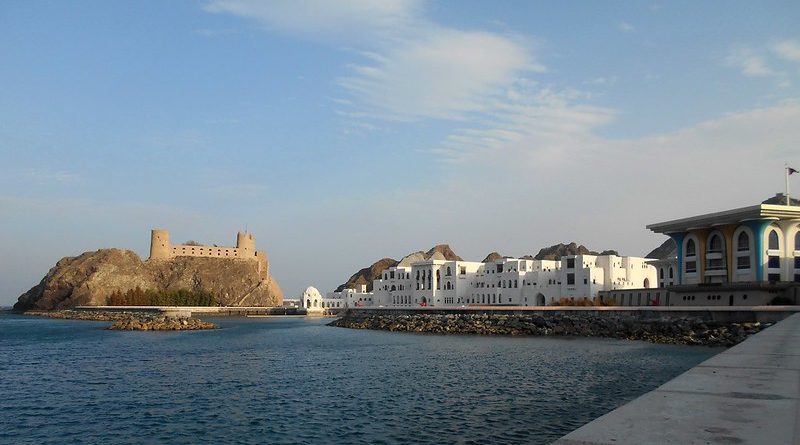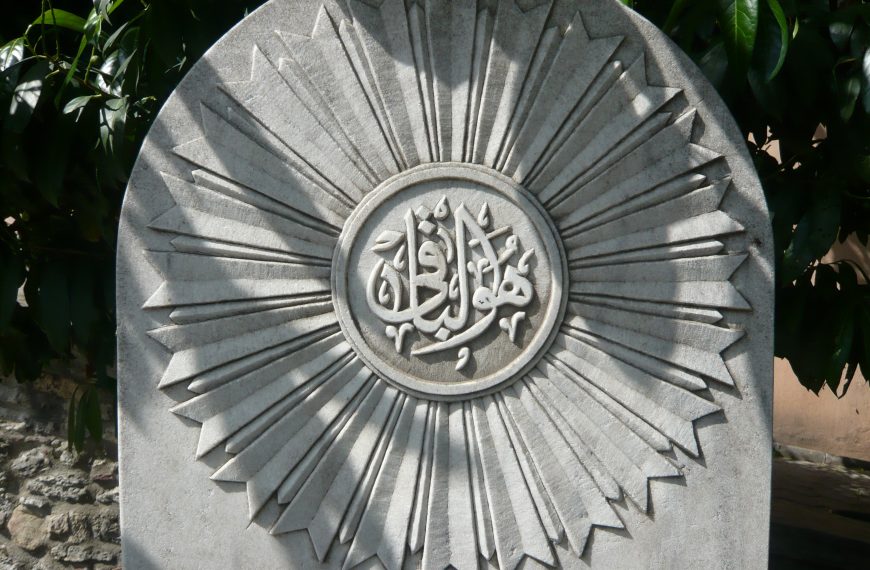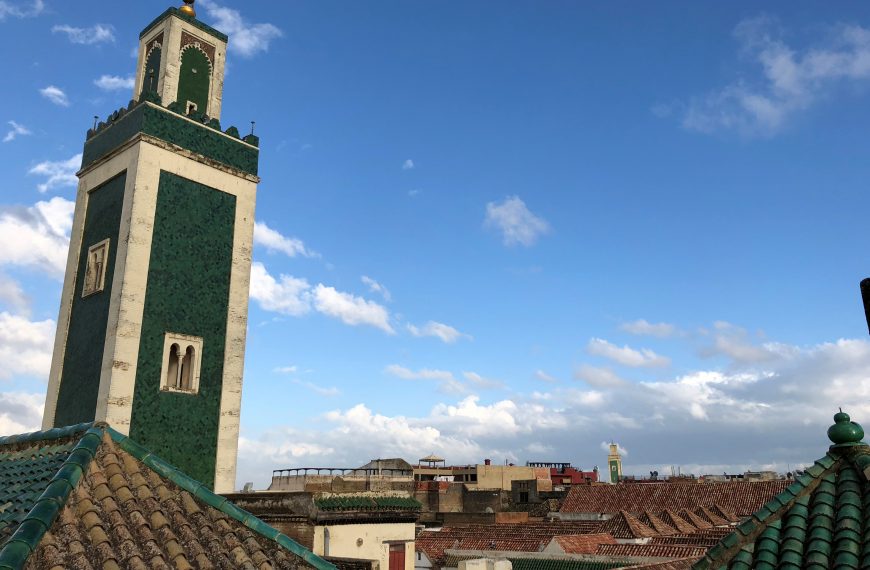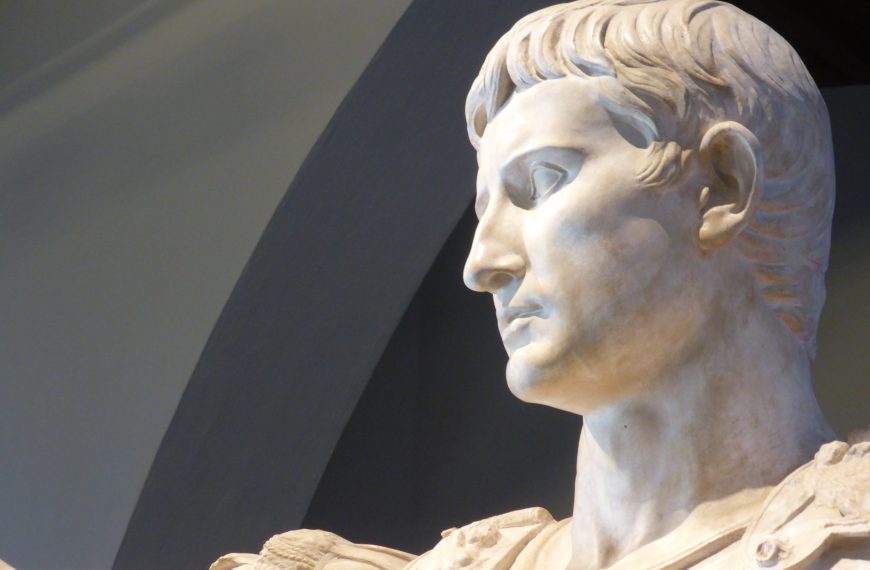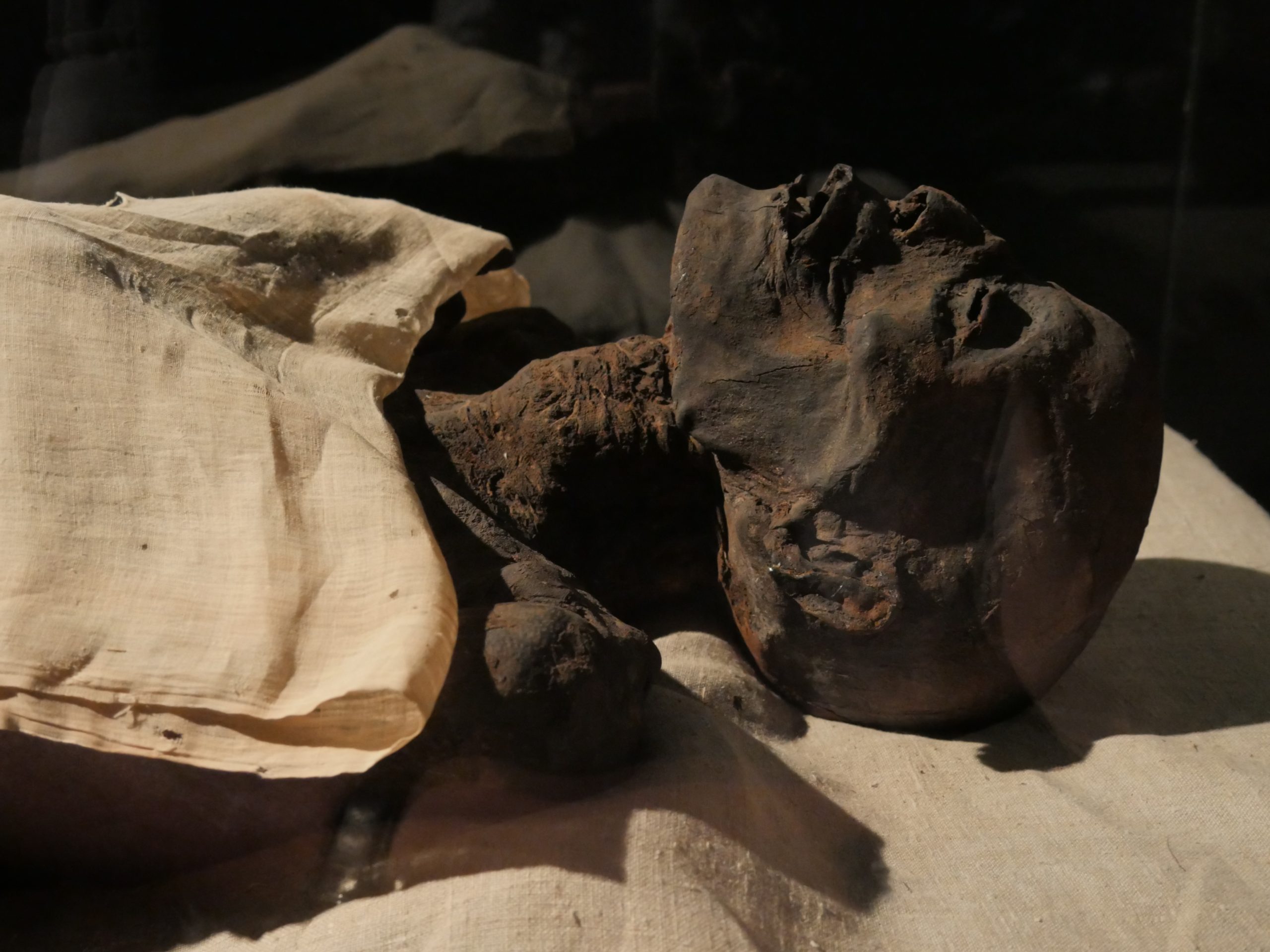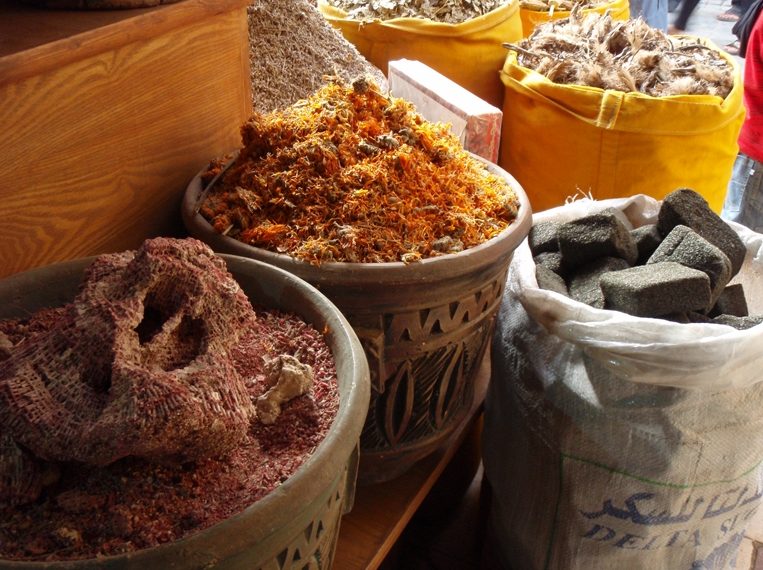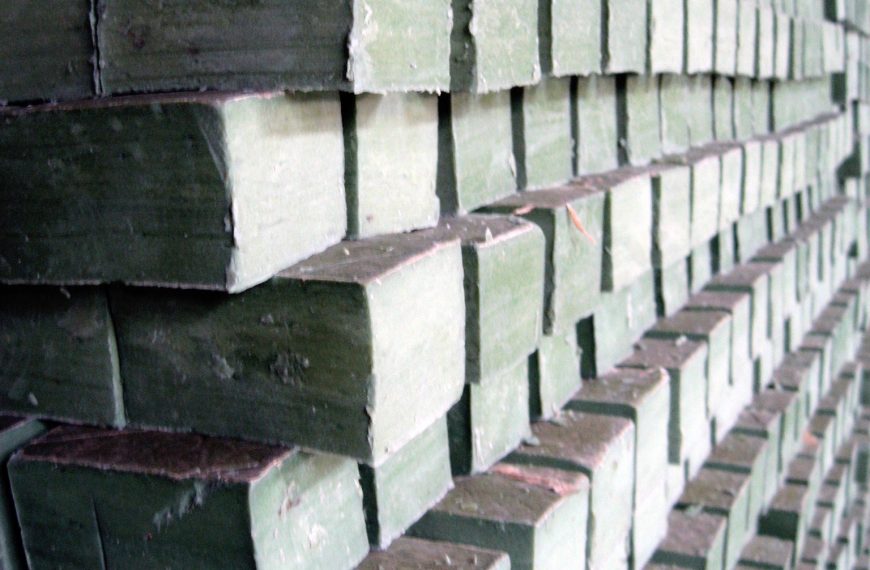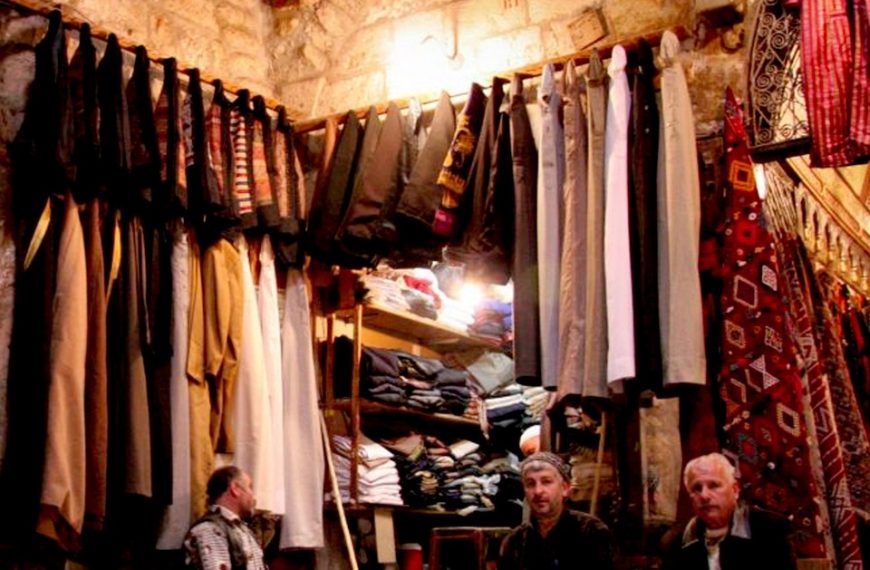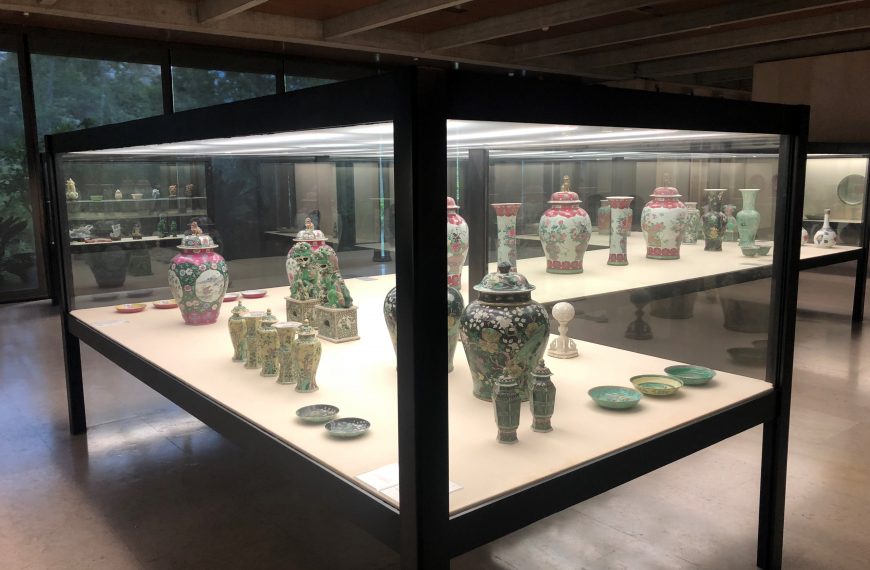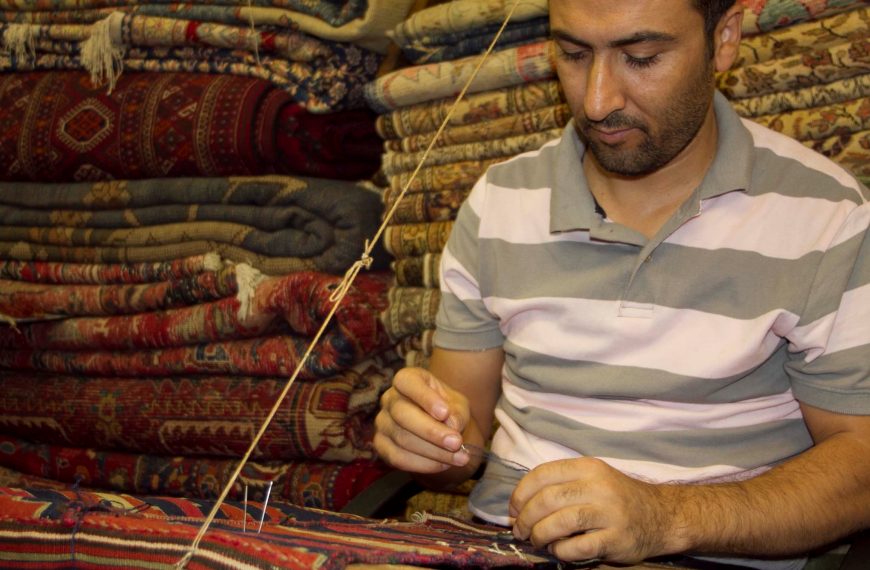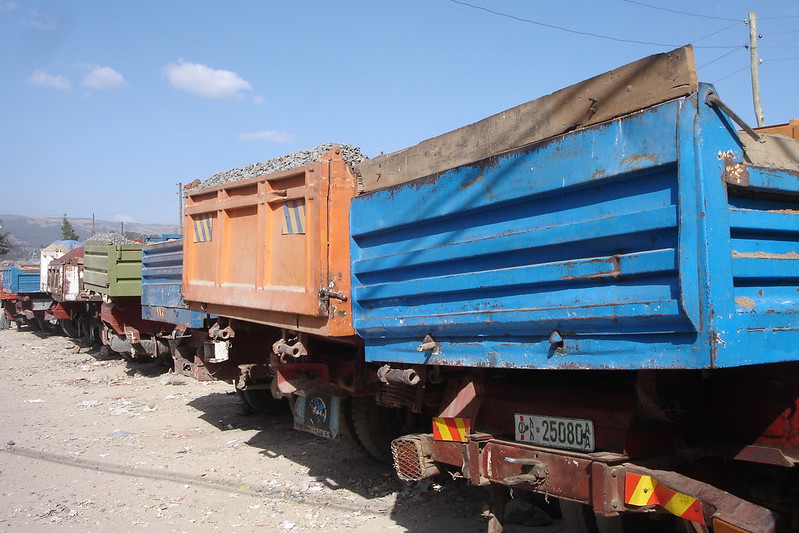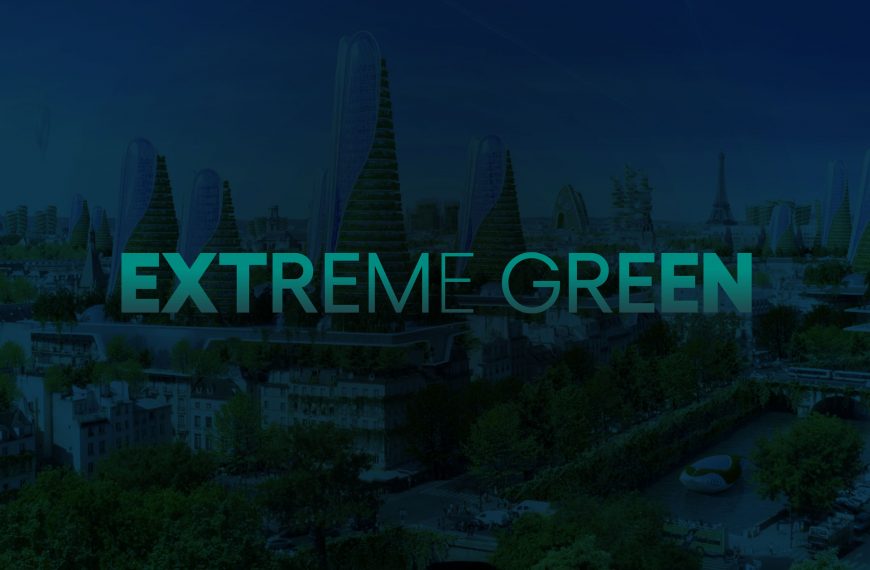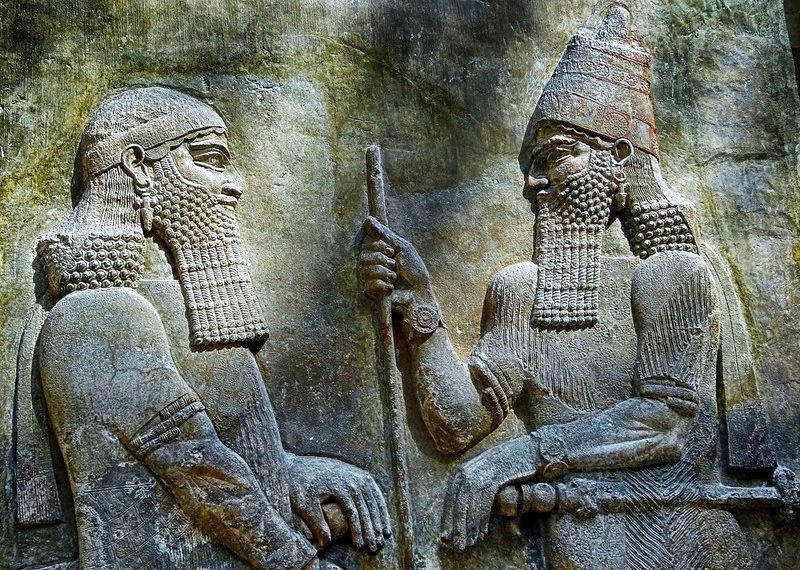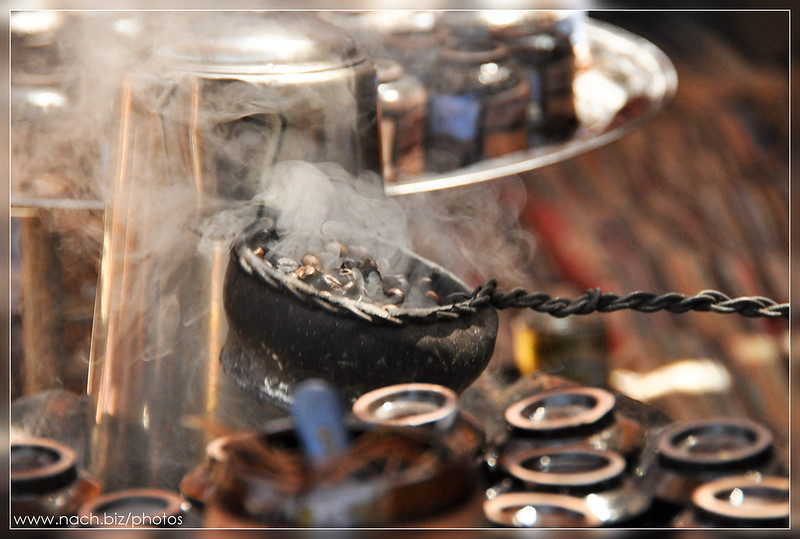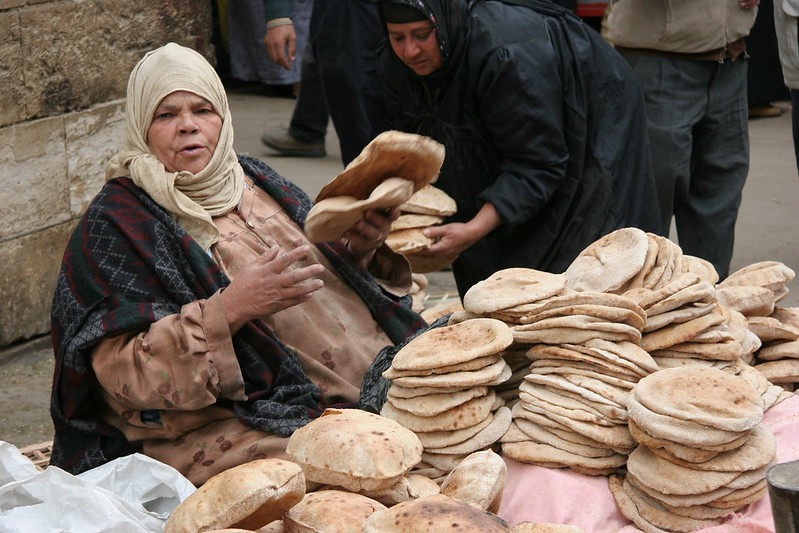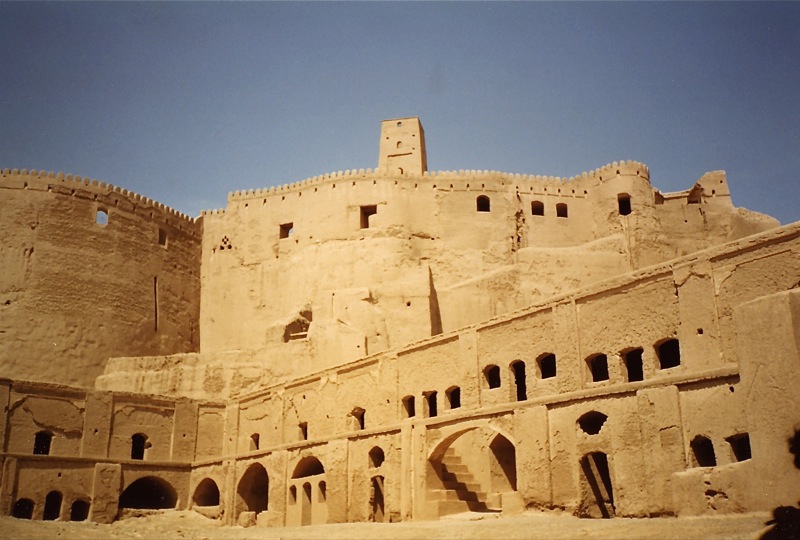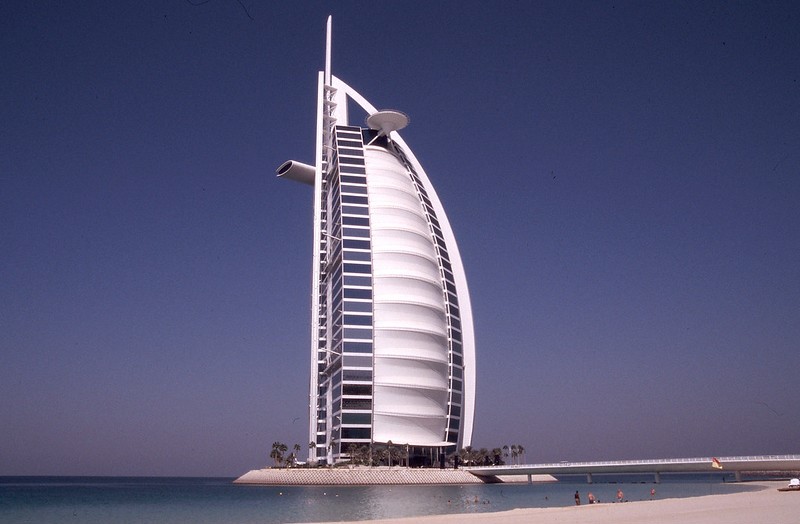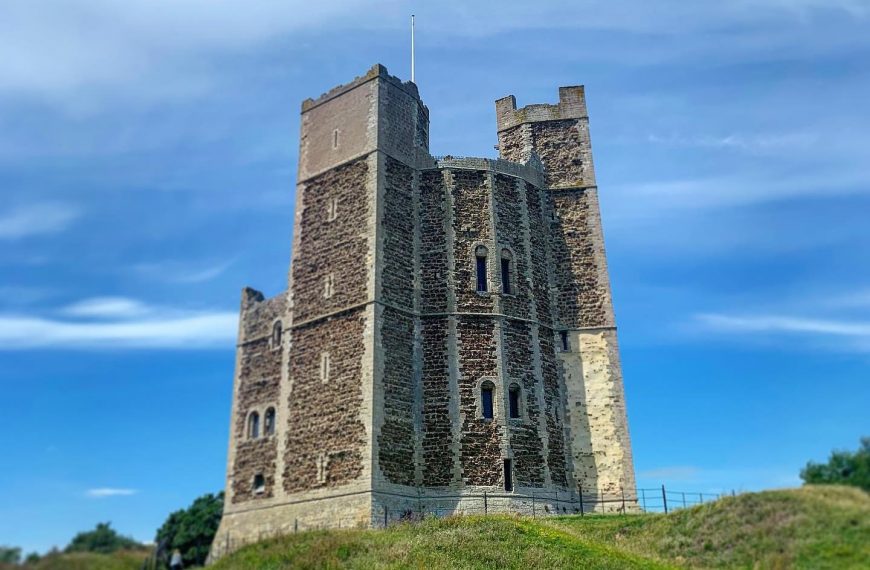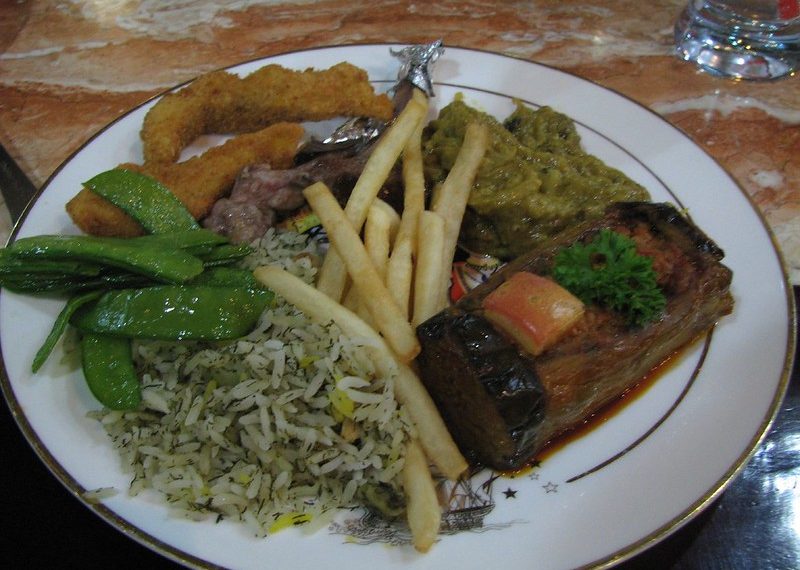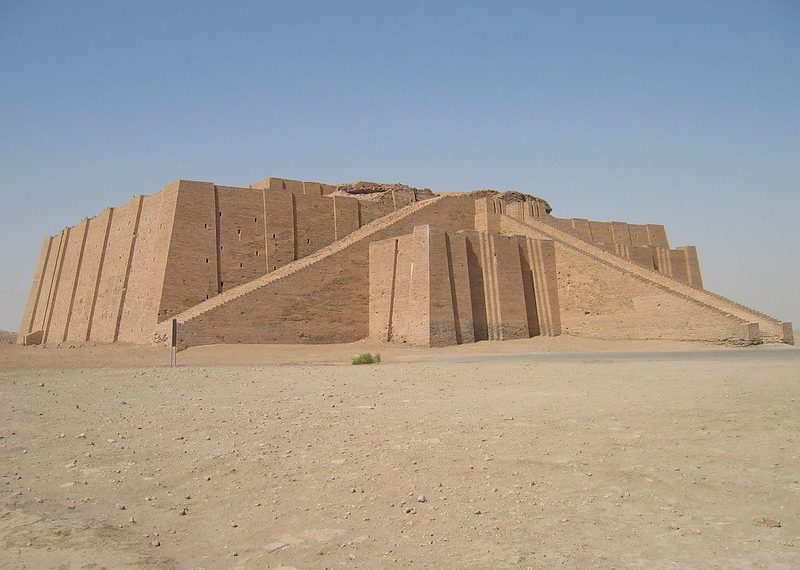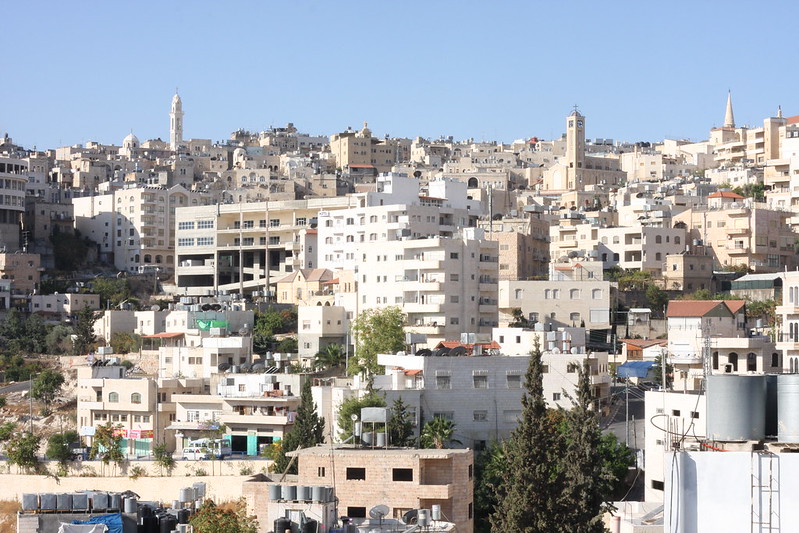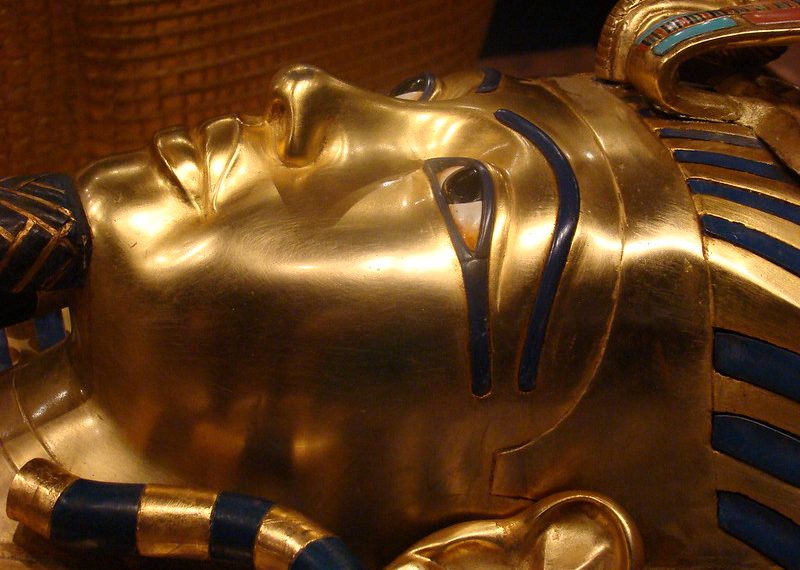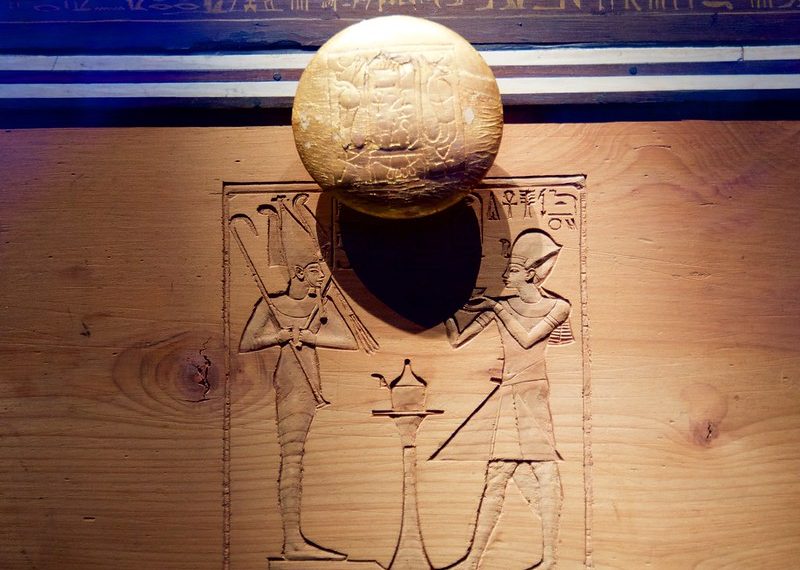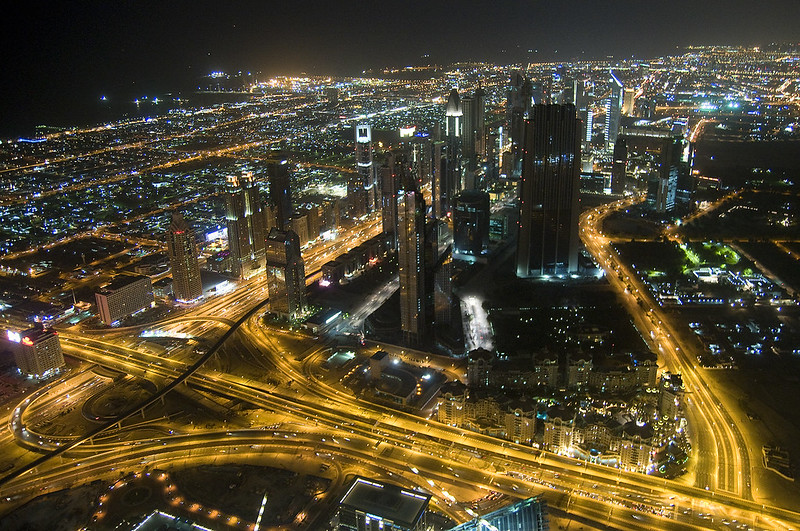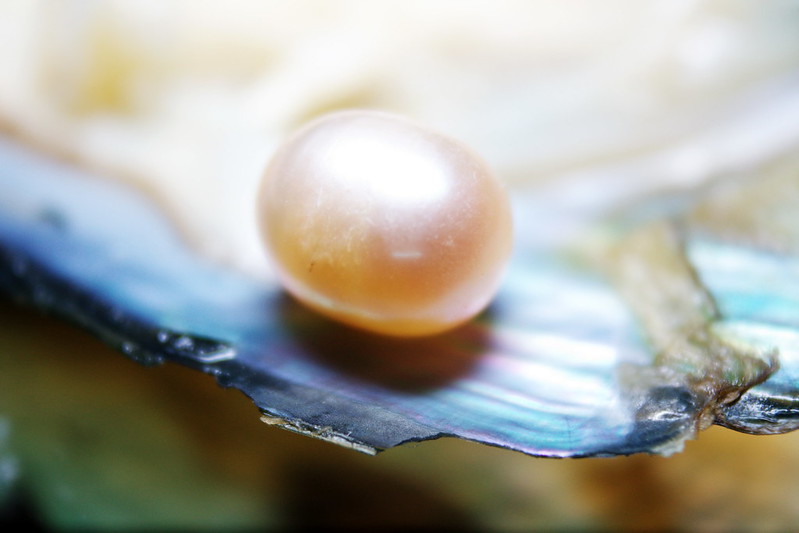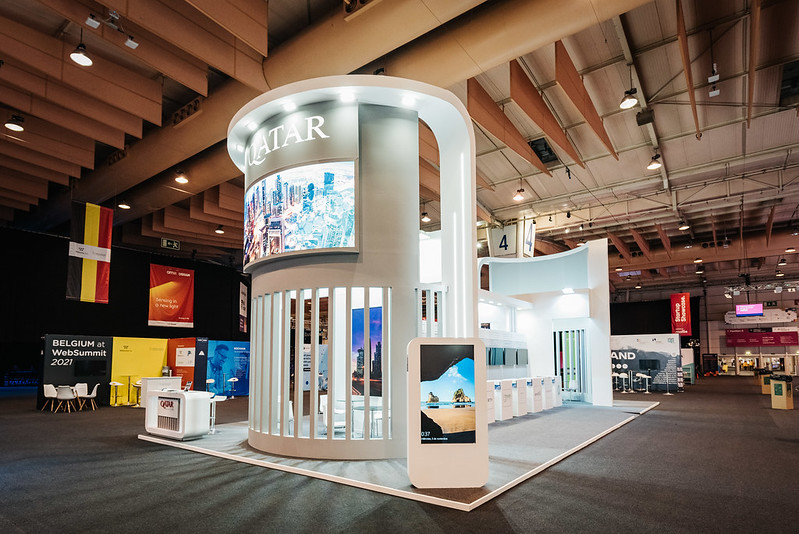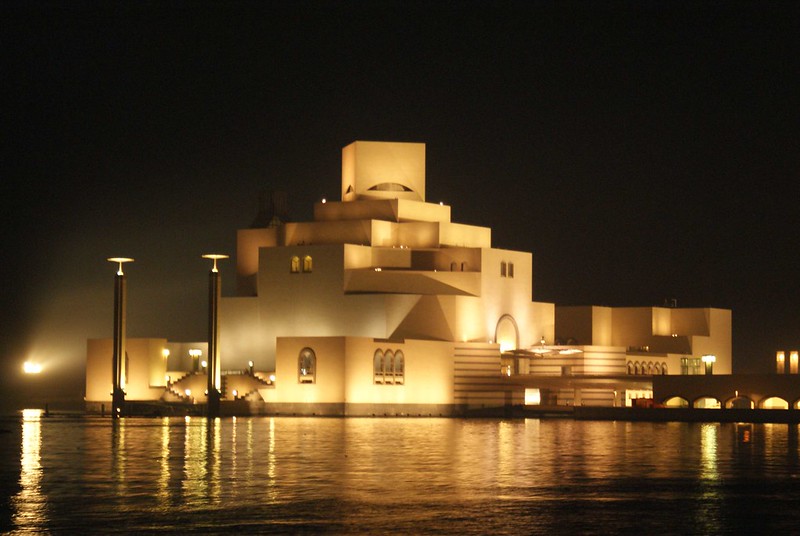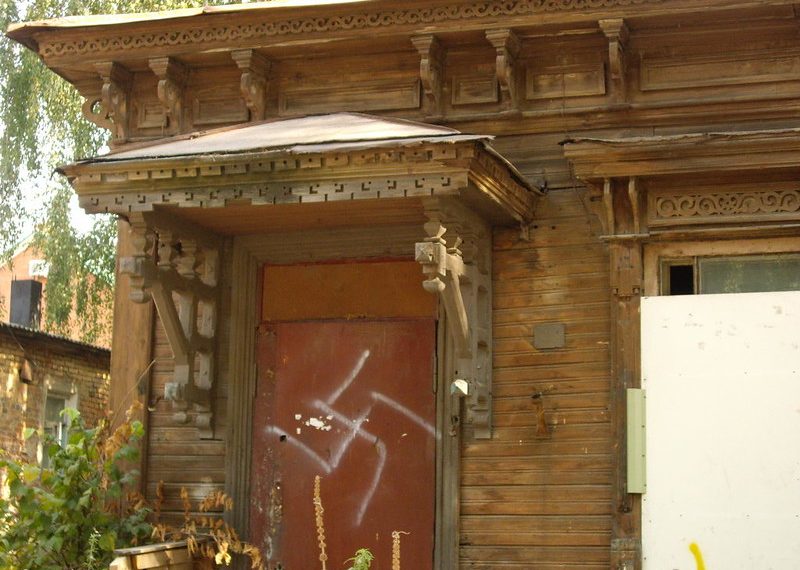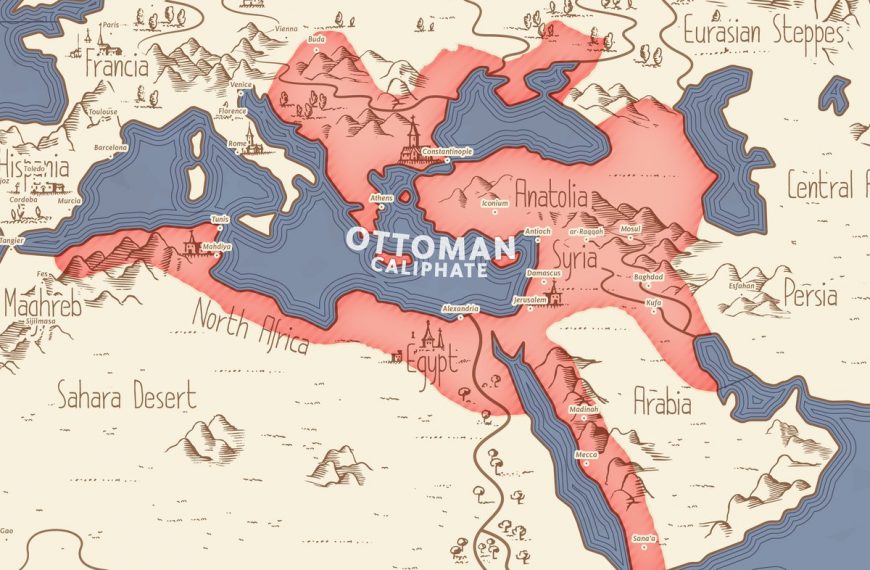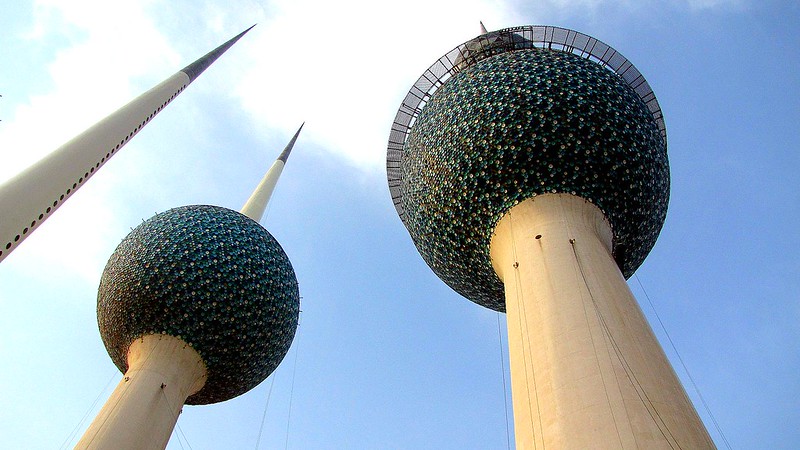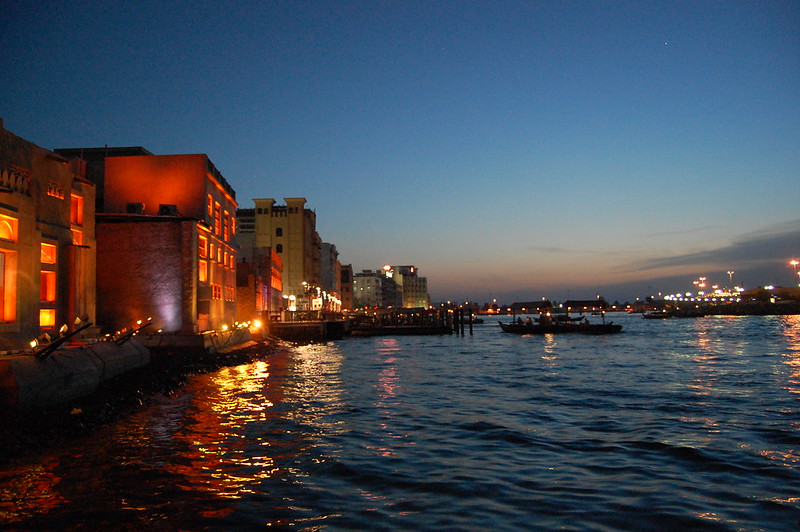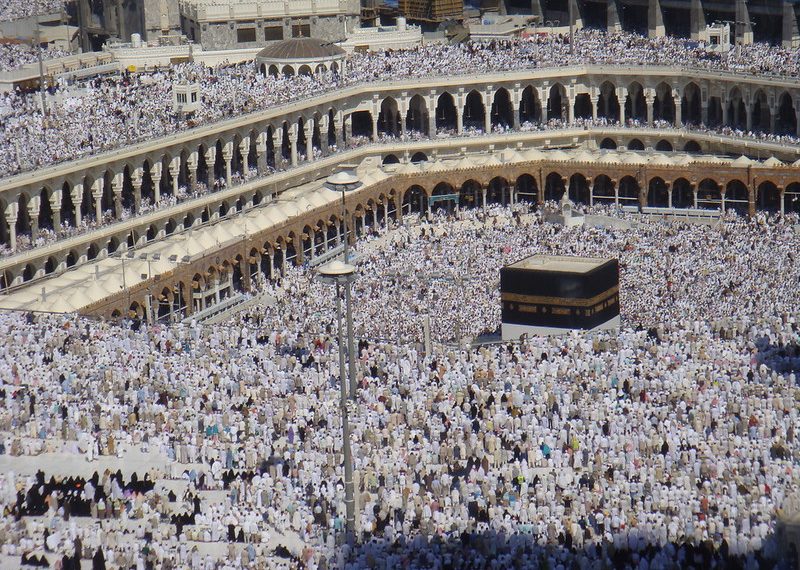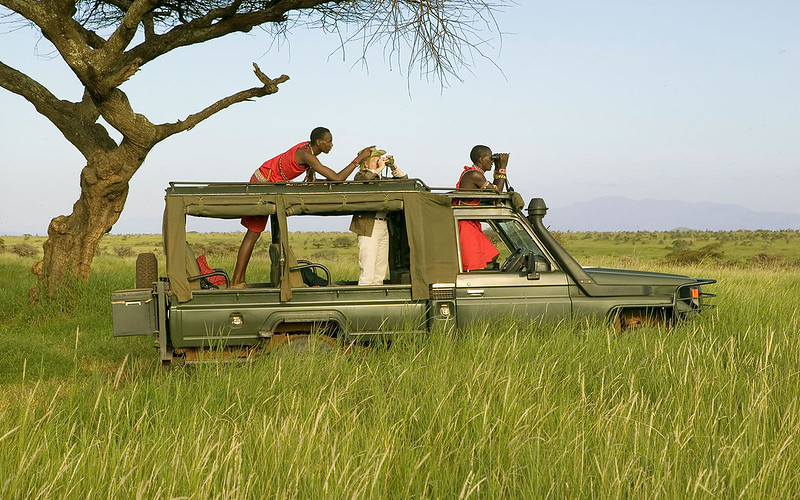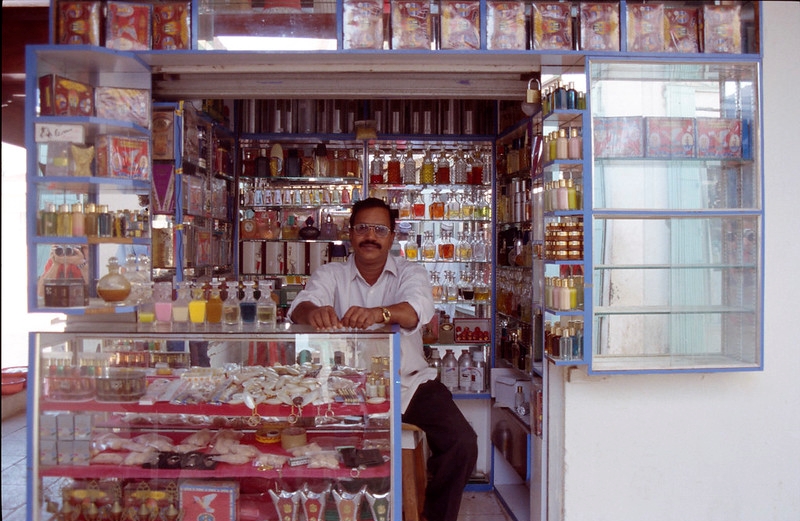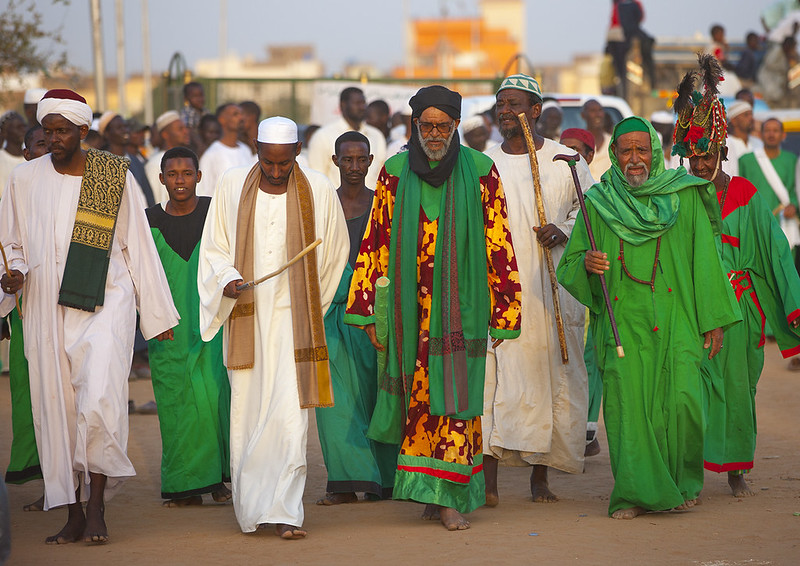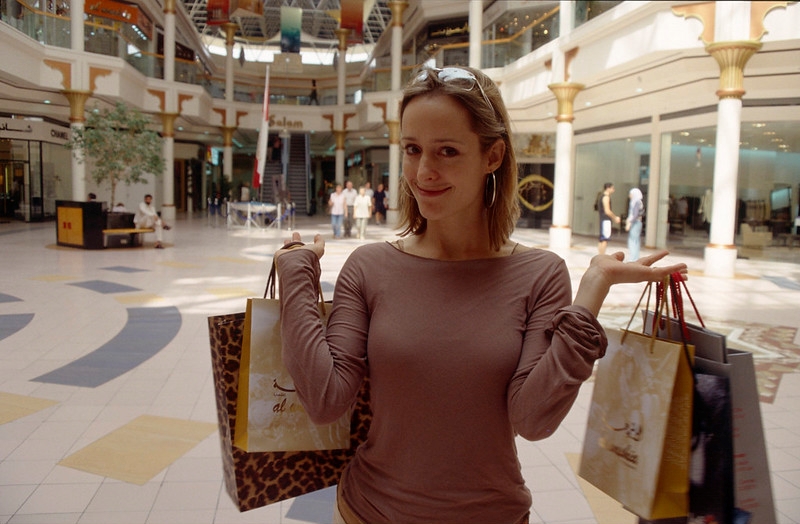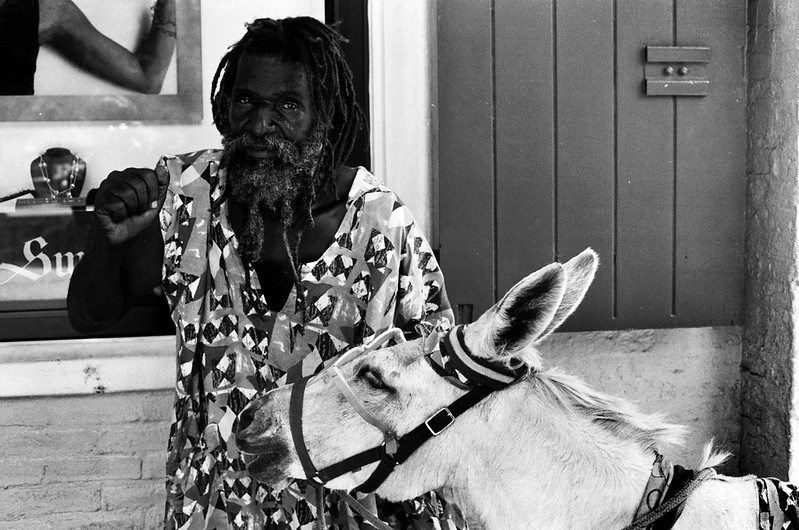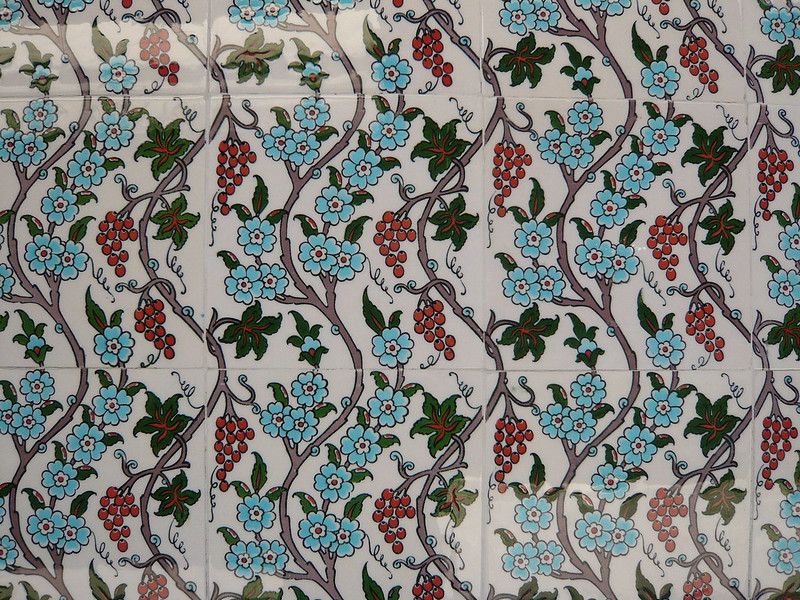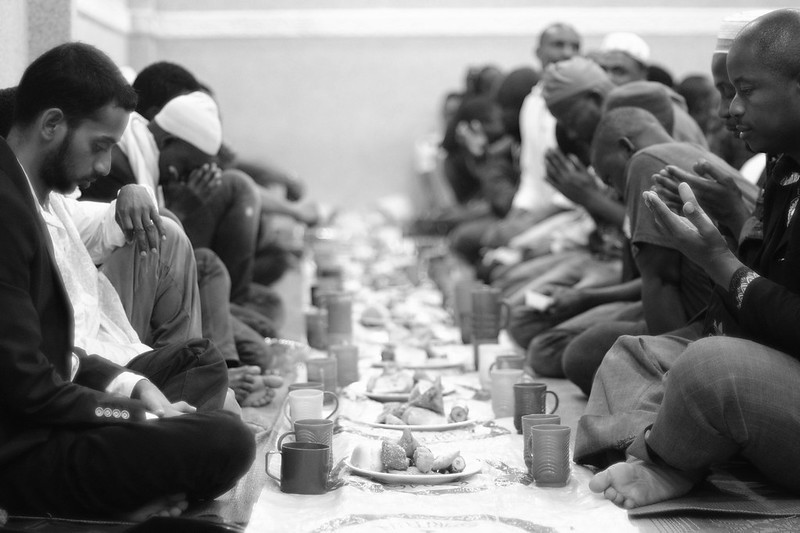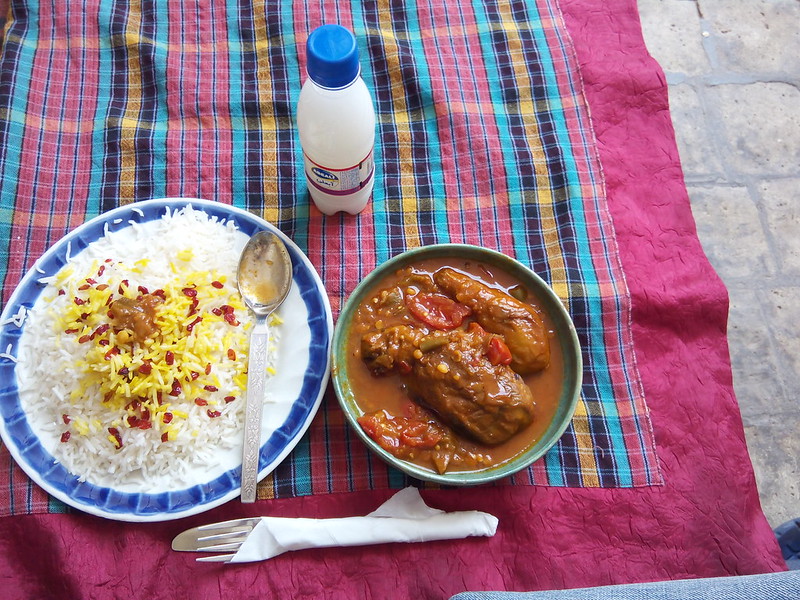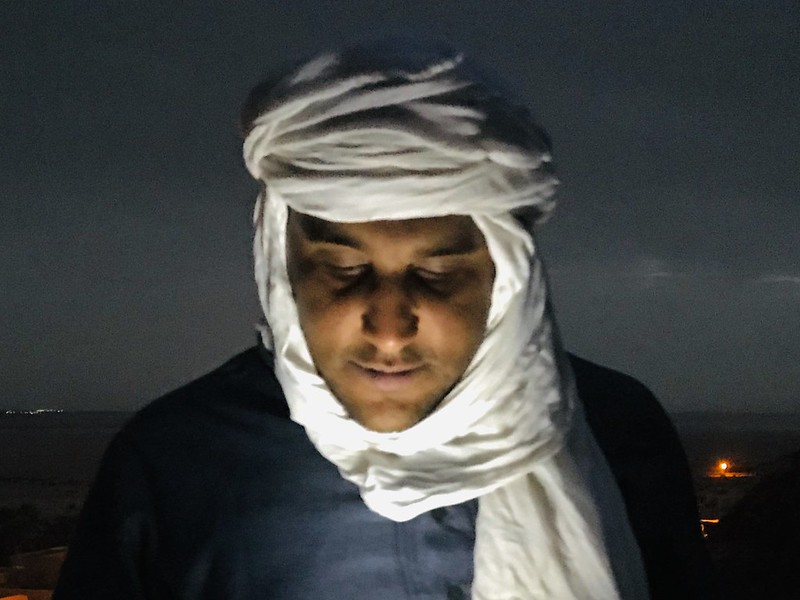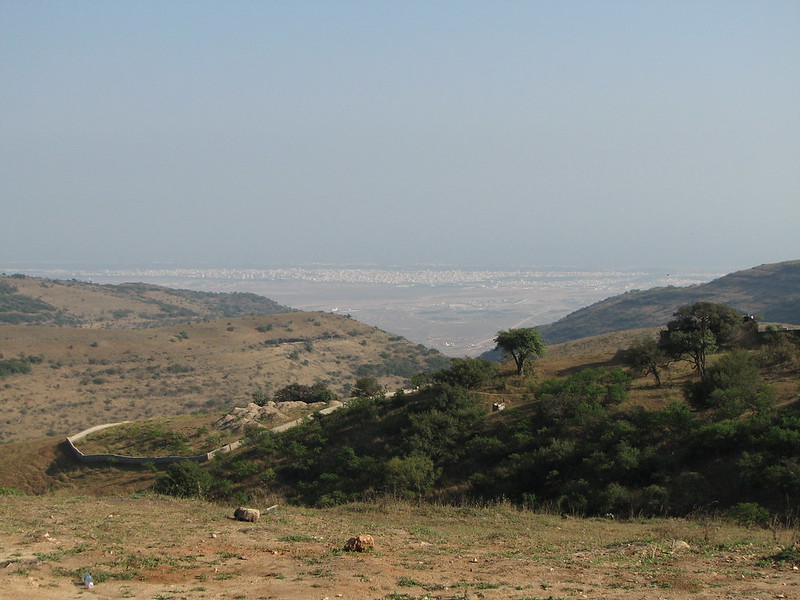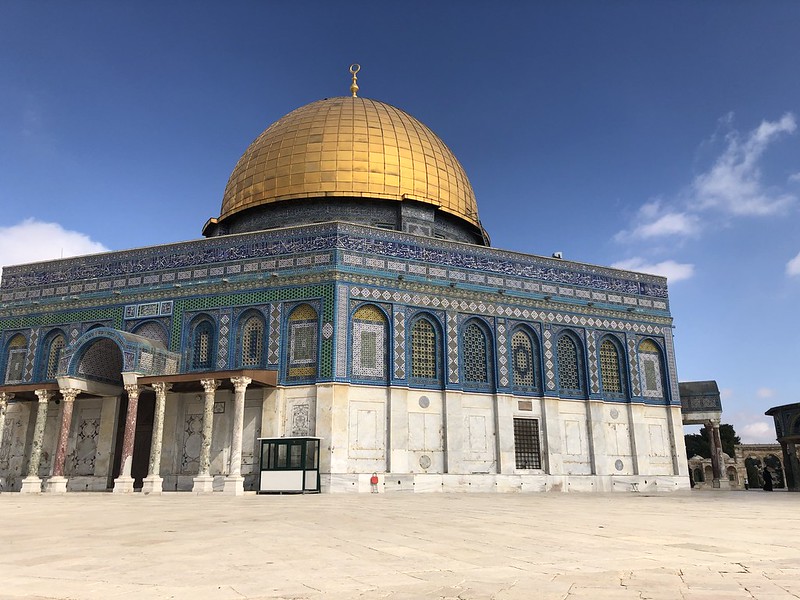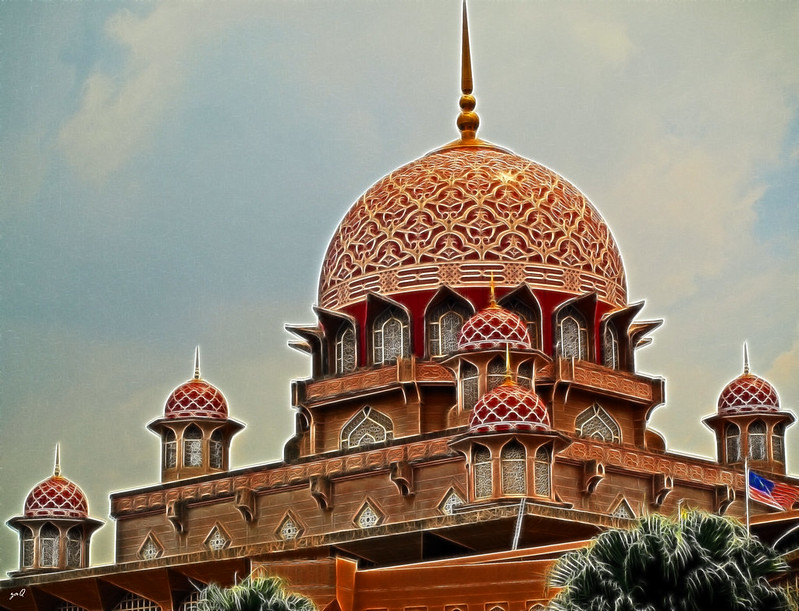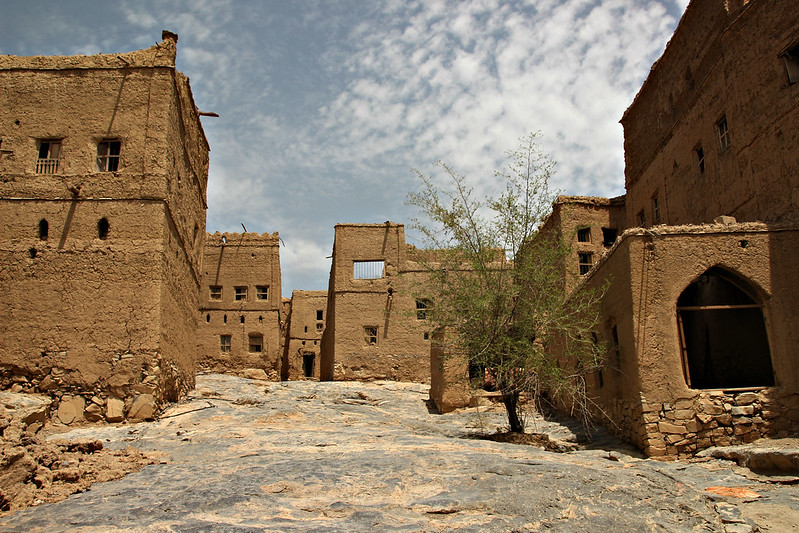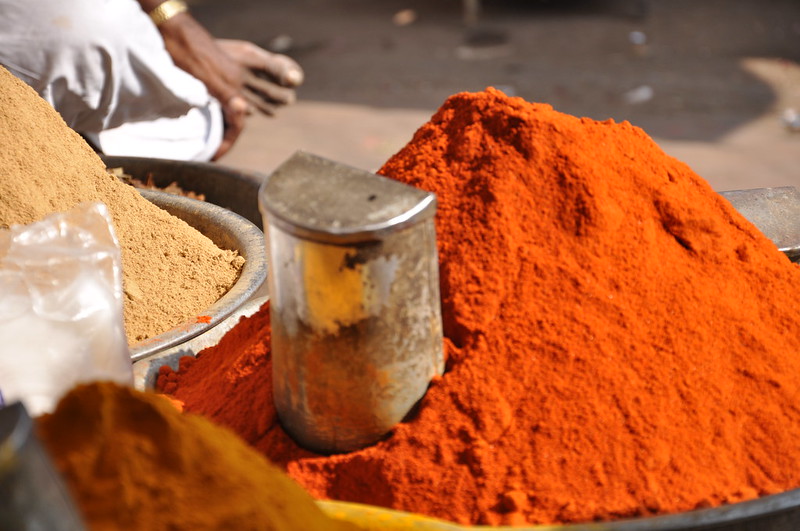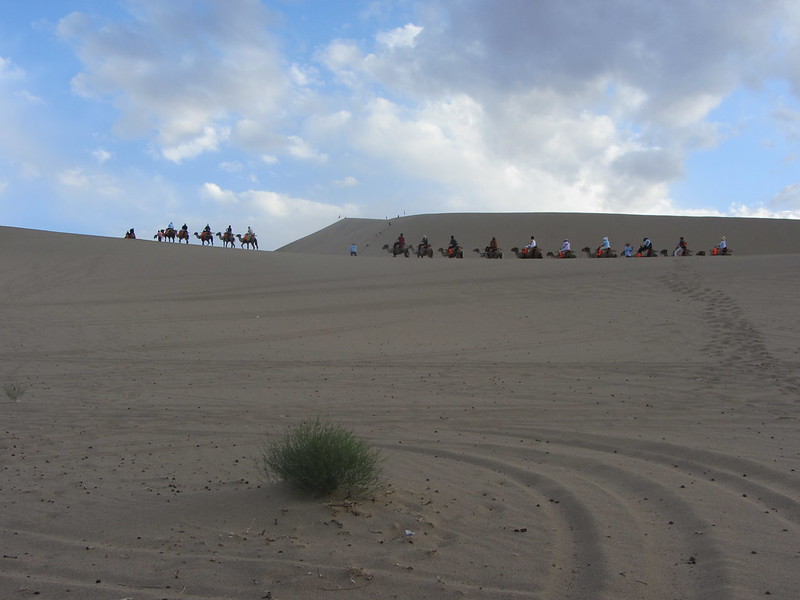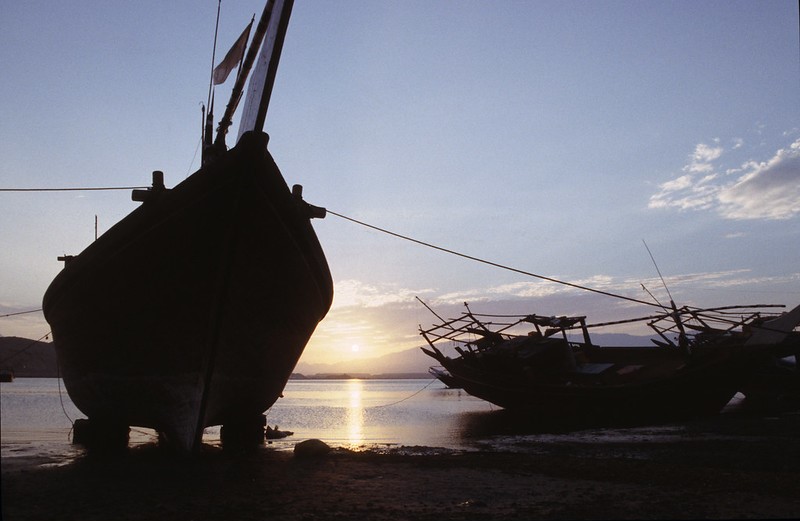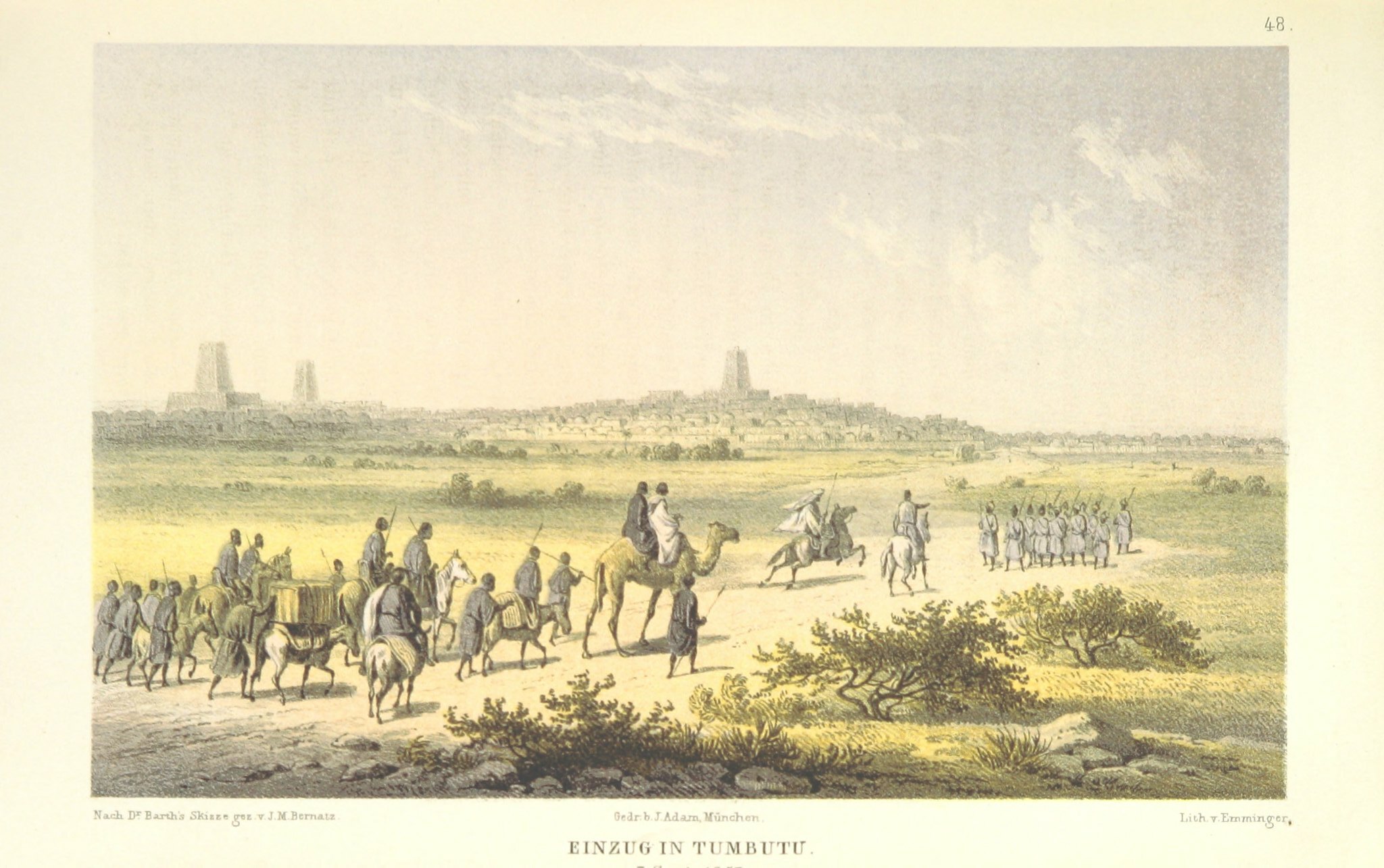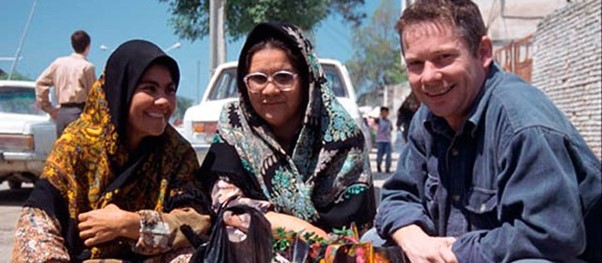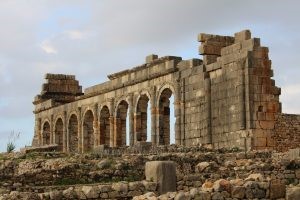Essentials
Currency
Contrary to pre-conceptions, with the exception of a few places like Kuwait, accommodation and food in most other parts of the Arab Gulf states is quite cheap. In countries like Bahrain, Oman, Saudi Arabia and UAE, a lot of cheap options for hotel accommodation with meal are available for prices between $7 to $20 US. In Yemen, you can find rooms for as cheap as $1 per night. Kuwait and Qatar are a little expensive in comparison, with rooms ranging from $50 to $70 at the budget end. However, in Qatar for men there are hostels on the outskirts of Doha, which provides cheap accommodation and food. In some areas like Yemen, most of the hotel and restaurant prices are higher for foreigners. Although places like Dubai appear to be very expensive, there is always scope for a low budget traveller to stay in a hostel or share a hotel room.
In most of these countries, the banking and money changing hours are Saturday to Wednesday from 8 am to noon and Thursday from 8 to 11am with banks shut on the holy day of Friday.
The currency of Saudi Arabia is Riyal, which is divided into 100 halalas. It is a hard currency and there are no restrictions in taking either riyals or foreign currency into the country.
Approximate conversion:
$1 U.S = 4 Riyals
£1 sterling = 6 Riyals
1 Euro = 4 Riyals
The currency of Kuwait is Kuwaiti Dinar.
$1 U.S = 0.3 Kuwaiti Dinar
£1 sterling = 0.5 Kuwaiti Dinar
1 Euro = .33 Kuwait Dinar
The currency of Bahrain is Bahraini Dinar, which is divided into 1000 fils.
$1 U.S = .40 Bahraini Dinar
£1 sterling = .60 Bahraini Dinar
1 Euro = .40 Bahraini Dinar
The currency of Qatar is Qatari Riyal which is divided into 100 dirhams commonly kwon as halalas.
$1 U.S = 4 Qatari Riyal
£1 sterling = 6 Qatari Riyal
1 Euro = 4 Qatari Riyal
The currency of Yemen is Riyal.
$1 U.S = 200 Yemen Riyals
£1 sterling = 300 Yemen Riyals
1 Euro = 200 Yemen Riyals
The currency of Oman is Omani Riyal, which is divided into 1000 baisa.
$1 U.S = 0.33 Omani Riyals
£1 sterling = 0.60 Omani Riyals
1 Euro = 0.40 Omani Riyal
The currency of United Arab Emirates is UAE Dirham, which is divided into 100 fils.
$1 U.S = 4 Dirham
£1 sterling = 6 Dirham
1 Euro = 4 Dirham
Currencies varies enormously from month to month, so check with your local currency exchange bureau.
Food
Arabic cuisine was born in the tents of nomads who, in order to survive in the harsh elements of the desert, came up with delicious dishes that were simple to prepare yet pleasing to the palate. The large variety of food that came from all parts of Arabia, coupled with the excellent hospitality of the Arabs, make for a truly gastronomic experience. Dates and camel milk are the main ingredients of most of the Arabic dishes.
The huge number of camels in the Middle East, would naturally lead to this interesting variation of the kebab, which is inexpensively barbequed in various stalls in Oman, the meat is simply skewered along with pieces of vegetables, grilled to perfection and served with hommus and Arabic bread.
Another interesting delight is the ‘brain sandwich‘. Something of an oddity, brain sandwich can be found in several food courts in Kuwait’s shopping malls. Served in an almost ‘Subway Sandwich style’, travellers can have the unique taste of lamb brains with focaccia bread. Apart from all of this, Indian is popular in the Arab Gulf States. Typical dishes like curry and bryanis are plentiful, and are perfect for the budget conscious traveller and western style buffets can be found in the major resorts, hotels and in cosmopolitan cities like Dubai.
People
Ethnically, the people of the Gulf are Arabs, though many are of Persian or mixed Arab-Persian ancestry. In Bahrain, a few Indian families have bred into the local population, descendants of merchants who arrived generations ago. In countries like Saudi Arabia and Yemen the African migration has been increasing because of the refugees from war-torn Ethiopia and Somalia. It is virtually impossible for a foreigner of any nationality to acquire citizenship in one of the gulf countries, but you’ll notice a lot of immigrants from Africa, India, the Philippines and other Middle East countries who do most of the lesser jobs for the wealthy Arabs. A handful of foreigners may be granted full citizenship but these are usually those people who have rendered important services to the ruler or the state. Religion and rituals are very important in these countries and although each of the Arab Gulf State is very different from each other, Islam is a uniting factor, varying in degrees of fundamentalism between countries and cities.
Travel
Depending on where you are in the Arab Gulf States, travel can often prove to be a simple and cheap affair. Travel is easy in the UAE, especially Dubai and Abu Dhabi, due to their well developed public transport systems. Dubai is definitely a city of the car, but around the creek, water taxis transport you from place to place charging you little money.
Taxis are inexpensive but public buses are the best way to travel if you are on a budget. Public mini-buses and taxis are an ideal way to travel across the border. Sharing a taxi is common and most taxi drivers will coast around, shouting the names of their destinations to fill up their vehicles.
Oman Air has domestic flights from Muscat to Salalah that are inexpensive and popular with tourists who would like to avoid the seven-hour journey by road. Since most of the Arab Gulf states border the sea, sea cruises and travelling through ships and boats is the only way to move around.
Language
Arabic is the official language in Kuwait, Oman and the UAE. English is increasingly being used in Kuwait and the UAE, especially in Dubai for business. In the more remote parts of the Arab Gulf States however, it is recommended to travel with a guide or an Arabic phrasebook as even the road signs are written in Arabic. Even when travelling in the main cities a few words of Arabic can ease your passage to a great extent.
Climate
Temperatures in the summer months of April to September can reach up to a high of 40°C but temperatures in the desert can often drop very quickly during the night. The humidity in this region around the summer months is stifling. During high summer the central deserts of Saudi Arabia are spared this humidity while in the west of the kingdom many people retreat to the Asir Mountains. However, winter in the Asir Mountains can be terribly cold with the fog in some places cutting visibility to a near zero. September is the best time to visit the Salalah area, when everything is green in the wake of the rains.
Oman is separated from the rest of Arabia by the Hajar Mountains. Although it is as hot and humid as the rest of the Gulf during the summer, it catches the Indian monsoon leaving portions of the south of the country lush each September.
Dress
A majority of men in the Middle East wear traditional dresses, which consists of a floor length shirt-dress. In Saudi Arabia, Bahrain and Qatar it’s called a thobe while in Kuwait and UAE it’s called a dishdasha.
For a traveller, a good hat and sunglasses are an absolute must even if you’re not planning to spend much time in a desert. Carrying a headscarf is also good, as entry to most of the religious places would require you to cover your head. Long loose clothing is always the best thing to wear in the Gulf States. Especially for women travellers it’s advisable to wear full sleeve clothing and err on the side of conservative. Western clothes are well accepted in the major cities like Kuwait and Dubai, and women wearing the veil (through choice) is commonplace.
Health
Travel health is more about common sense in the Gulf; it’s always good to carry a medical kit, which includes basic medicines. Stomach upsets could be common among the travellers who are not used to even mild spices. While travelling in the offbeat terrain, some antibiotics and antiseptic lotions might be useful. None of the Arab Gulf states require particular vaccination but it’s advisable to be vaccinated against yellow fever and or cholera if you’re heading out of the cities. Pure water is not easy to find, avoid tap water and drink from only sealed bottles sold in the shops or bring water purification tablets when trekking.
Visas
With the exception of the citizens of countries party to the Gulf Cooperation Council, everybody needs a visa to enter the Arab Gulf States. You can obtain the visa either from the embassy or through a sponsor. A sponsor is a national of the country who is willing to vouch for your good behaviour while in the country and takes responsibility for your departure when you leave. In Kuwait, Qatar, the UAE and Oman all the larger hotels can sponsor visas for travellers. The documentation varies from one country to the other and might take anything from a few days to a week.
Once approved, Kuwait and Saudi visas can be obtained from the embassy while visas for the other Gulf States are issued for pick-up at the destination airport or port. For countries like Oman, a traveller will have to obtain a NOC or a No objection certificate. If your passport shows any evidence of travel to Israel you will be denied entry to Oman.
For Yemen citizens of European union countries, except the U.K can get a tourist visa on arrival at San’a International airport.
In Bahrain, Qatar and United Arab Emirates, British citizens do not need a visa to enter for periods up to one month.
Culture
The Arab Gulf States remains a conservative place where tradition and religion are held in very high regard. Islam is practised widely and life revolves around the religion. Travellers have to bear in mind culture and religious practice to avoid unintentional offence.
Some things to bear in mind include:
· Always offer and receive things with your right hand.
· Do not sit with the soles of your feet pointing directly at other persons
· Ask for permission before taking a photograph, especially local women
Different Arab states have very different approaches, with countries like the UAE being more relaxed and open-minded.
